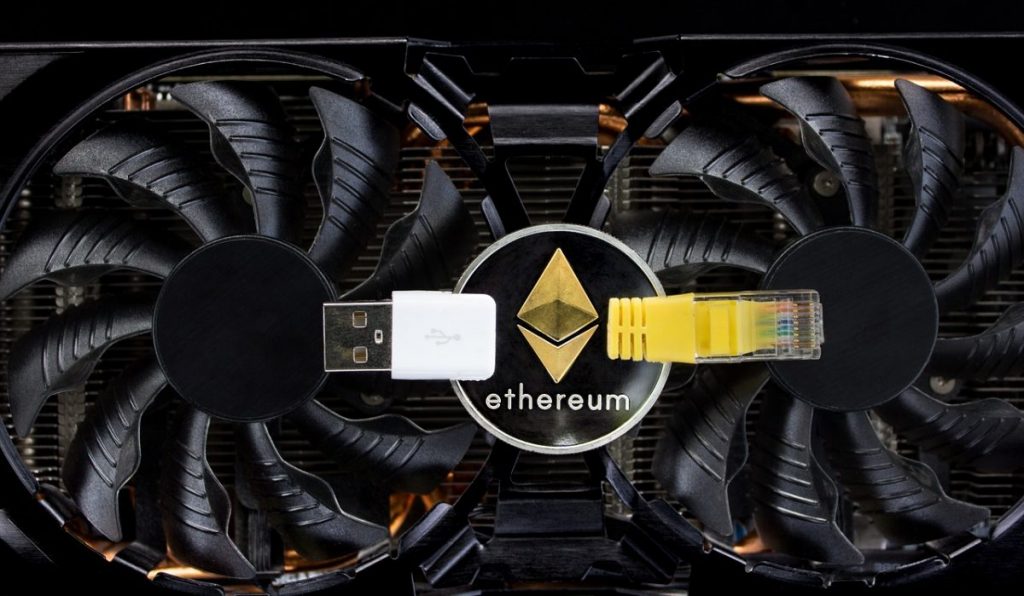Ethereum 2.0 Beacon Chain launched

Ethereum is finally going to kickstart its journey towards ETH 2.0 today, with the Beacon chain going live. This was possible only after the ETH holders stakes over 867,000 ETH, more than the required 524,288 in order to set this in motion. As Ethereum sets on the transition path, users will only have to wait and watch. However, this change from Proof of Work [PoW] to Proof of Stake [PoS], is not a mere update and will have to check multiple boxes to finally change.
As of now, the community knows the issues with the Ethereum blockchain, and the idea behind the launch of Ethereum 2.0 is aimed to scale ETH’s throughput by over 1,000x without sacrificing the decentralization ethos. One of the major challenges facing it is the development of a brand new blockchain with consensus mechanism and sharding without disrupting the existing over $100 billion Crypto-economy, noted Messari’s Wilson Withiam and Ryan Watkins.
The activation of the Beacon chain or Phase 0 taking place tomorrow will not cause any changes to the functionality. The application, transactions, and smart contract execution will all be still carried on the PoW chain. While the launch of Phase 1 will kick in only when Phase 0 has been completed, it will be completed by next year around this time, noted the researchers. They added:
“Phase 1 will implement new architecture for how the Beacon Chain stores data, called sharding. Sharding will subdivide the Beacon Chain into 64 parallel shards.”
Although the completion of the implementation of sharding, the Ethereum ecosystem will still be running on its PoW chain parallelly. While the next phase 1.5 will be a major one, as it would see the merger of Etheruem with Ethereum 2.0.
However, the only possible means to reach this stage will be when the Beacon chain will have a full set of PoS validators securing the network, while the chain will be subdivided into 64 parallel shards. Only after these requisites are met, will we be able to see the merger of the two chains. The researchers added:
“This will be accomplished by merging all of the smart contracts and transaction data from the PoW chain into a shard under the Beacon chain. At this point, Ethereum will have successfully transitioned from Proof of Work to Proof of Stake.”
However, the timeline to achieve this has been thought to extend to 2022.
While Phase 2, the final phase of Ethereum 2.0 which involves unlocking smart contract execution across some or all Beacon Chain’s 64 shards, may not happen. The researcher believed it was unnecessary with Phase 0-1.5, and the adoption of a layer-2 scaling technique called “rollups.” Rollups are a type of scaling technology that process transactions independently of the ETH blockchain but settle on the main chain.
With a long way ahead, and many levels to clear, Ethereum’s journey to 2.0 will have to suffice the requirements with each stage. The estimated time for completion has been 2022, however, as seen with the delay for the launch of the Beacon chain, there could be delays expected.






